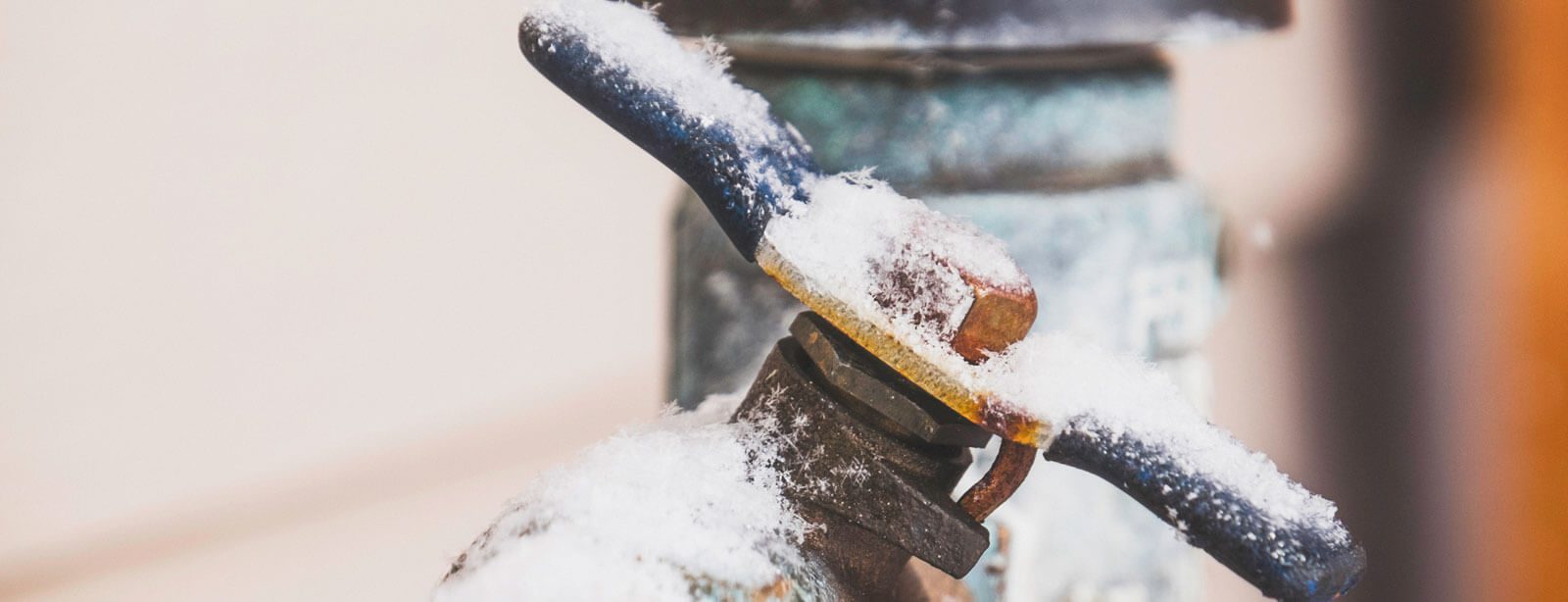Prevent Frozen Pipes in Winter: Expert Advice
Prevent Frozen Pipes in Winter: Expert Advice
Blog Article
What are your thoughts regarding Preventing and dealing with frozen pipes?

Winter can ruin your plumbing, particularly by freezing pipes. Right here's exactly how to stop it from taking place and what to do if it does.
Intro
As temperature levels decrease, the danger of frozen pipelines rises, potentially resulting in costly repairs and water damages. Recognizing exactly how to prevent icy pipes is vital for property owners in cool environments.
Comprehending Frozen Pipelines
What causes pipelines to freeze?
Pipes freeze when revealed to temperatures listed below 32 ° F (0 ° C) for prolonged durations. As water inside the pipelines ices up, it increases, taxing the pipeline walls and possibly creating them to rupture.
Threats and problems
Frozen pipes can bring about supply of water disturbances, building damages, and costly repair services. Ruptured pipelines can flooding homes and create comprehensive structural damage.
Signs of Frozen Pipeline
Recognizing icy pipes early can prevent them from rupturing.
Exactly how to identify icy pipes
Search for lowered water flow from faucets, unusual smells or noises from pipelines, and noticeable frost on exposed pipelines.
Avoidance Tips
Shielding susceptible pipelines
Cover pipes in insulation sleeves or use warm tape to secure them from freezing temperatures. Focus on pipelines in unheated or outside areas of the home.
Home heating methods
Maintain interior rooms effectively heated up, specifically areas with pipes. Open up cabinet doors to enable cozy air to circulate around pipes under sinks.
Securing Exterior Pipes
Garden pipes and exterior faucets
Disconnect and drain garden pipes prior to winter months. Mount frost-proof faucets or cover exterior taps with insulated caps.
What to Do If Your Pipes Freeze
Immediate actions to take
If you think frozen pipes, keep faucets available to ease pressure as the ice melts. Make use of a hairdryer or towels taken in warm water to thaw pipes gradually.
Long-Term Solutions
Architectural modifications
Consider rerouting pipelines away from exterior walls or unheated areas. Include additional insulation to attics, basements, and crawl spaces.
Updating insulation
Purchase top notch insulation for pipes, attic rooms, and walls. Appropriate insulation helps preserve consistent temperature levels and reduces the danger of icy pipes.
Final thought
Preventing frozen pipelines needs proactive steps and fast feedbacks. By understanding the causes, indications, and safety nets, homeowners can safeguard their plumbing during winter.
5 Ways to Prevent Frozen Pipes
Drain Outdoor Faucets and Disconnect Hoses
First, close the shut-off valve that controls the flow of water in the pipe to your outdoor faucet. Then, head outside to disconnect and drain your hose and open the outdoor faucet to allow the water to completely drain out of the line. Turn off the faucet when done. Finally, head back to the shut-off valve and drain the remaining water inside the pipe into a bucket or container. Additionally, if you have a home irrigation system, you should consider hiring an expert to clear the system of water each year.
Insulate Pipes
One of the best and most cost-effective methods for preventing frozen water pipes is to wrap your pipes with insulation. This is especially important for areas in your home that aren’t exposed to heat, such as an attic. We suggest using foam sleeves, which can typically be found at your local hardware store.
Keep Heat Running at 65
Your pipes are located inside your walls, and the temperature there is much colder than the rest of the house. To prevent your pipes from freezing, The Insurance Information Institute suggests that you keep your home heated to at least 65 degrees, even when traveling. You may want to invest in smart devices that can keep an eye on the temperature in your home while you’re away.
Leave Water Dripping
Moving water — even a small trickle — can prevent ice from forming inside your pipes. When freezing temps are imminent, start a drip of water from all faucets that serve exposed pipes. Leaving a few faucets running will also help relieve pressure inside the pipes and help prevent a rupture if the water inside freezes.
Open Cupboard Doors
Warm your kitchen and bathroom pipes by opening cupboards and vanities. You should also leave your interior doors ajar to help warm air circulate evenly throughout your home.

I'm just very serious about How to prepare your home plumbing for winter weather and I hope you liked our entry. Don't hesitate to set aside a second to distribute this blog if you enjoyed reading it. Thanks a bunch for being here. Come back soon.
View Report this page